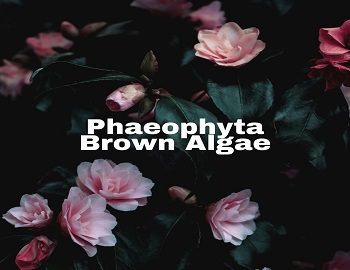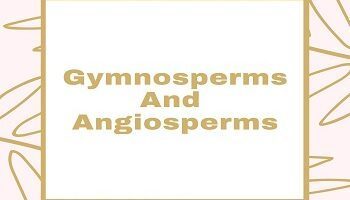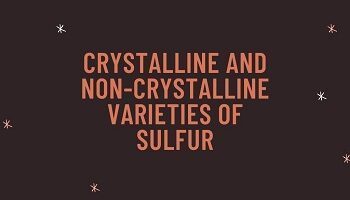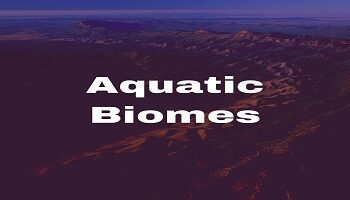Important Characteristics of Brown Algae:
- The brown algae include 2000 species of multicellular forms ranging in size up to giant kelps of 60-70 metres in length.
- Unicellular or colonial forms are not known in brown algae.
- The algae are attached to a solid substratum like underwater rocks by means of rhizomatous or discoid holdfasts. A few species of Sargassum and at times Fucus are free-floating. Epiphytic and endophytic species occur in Ectocarpus. Due to the abundance of free-floating Sargassum, the western part of the North Atlantic ocean is called the Sargasso Sea.
- The thallus consists of a branched filamentous structure in lower forms (as in Ectocarpus) and parenchymatous structure in higher forms (as in Sargassum, Laminaria, Fucus and Macrocystis).
- Brown Algae owe their colour due to the abundance of brown coloured xanthophyll called fucoxanthin (C40H56O6) besides chlorophyll a and chlorophyll c.
- Cell Wall is composed of cellulose, pectose and phycocolloids. The common phycocolloids are fucoidan and alginic acid. Phycocolloids serve the following two functions- prevent drying on freezing in winter when the algae are exposed to air, as during low tide; protect the cells from injury.
- Photosynthetic organelles or chromatophores possess 3-thylakoid lamellae.
- Reserve food is in the form of laminarin, mannitol and fat-like substances.
- Vegetative reproduction is accomplished through fragmentation (example- Sargassum), propagules or special nests of cells (example- Sphacelaria), adventitive branches and stolons (example- Dictyota).
- Asexual reproduction takes place by biflagellated zoospores and non-motile monospores and tetraspores.
- In brown algae, sexual reproduction is variable. It may be by fusion of flagellated motile, similar gametes (isogamous) or due to fusion of small motile, flagellated sperm and large stationary egg (oogamous). Ectocarpus consists of two kinds of plants that are similar in size and structure. However, one produces gametes and the other produces spores. The diploid form produces haploid spores (called zoospores) or haploid plants. These produce haploid gametes to produce a diploid zygote. This develops into a plant completing the life cycle.
- In some other brown algae, diploid sporophyte generation can be distinguished from haploid gametophytic generation. In some as in Fucus, a diploid phase is dominant and gametophyte generation is highly reduced. This type of condition is found only in higher angiospermic vascular plants.
Economic Importance of Brown Algae:
- A number of brown algae are an edible example- Laminaria (Kombu), Alaria (Sarumen), Nereocystis (Seatron), Pelvetia etc.
- Many seaweeds such as Sargassum, Laminaria and Fucus are used as fodder for the cattle and poultry.
- Algin is a crystalline powder extracted from the outer cell walls of kelps (giant brown algae). It is widely used as food. It is used in textile and gelling agent in the pharmaceutical industry. It is used for making smooth ice creams.
- Fucus and Laminaria are rich in iodine while potash can be extracted from Macrocystis and Nereocystis.
- Macrocystis and Nereocystis are used as fertilizers and manures in farmlands near the sea coasts.









Comments (No)